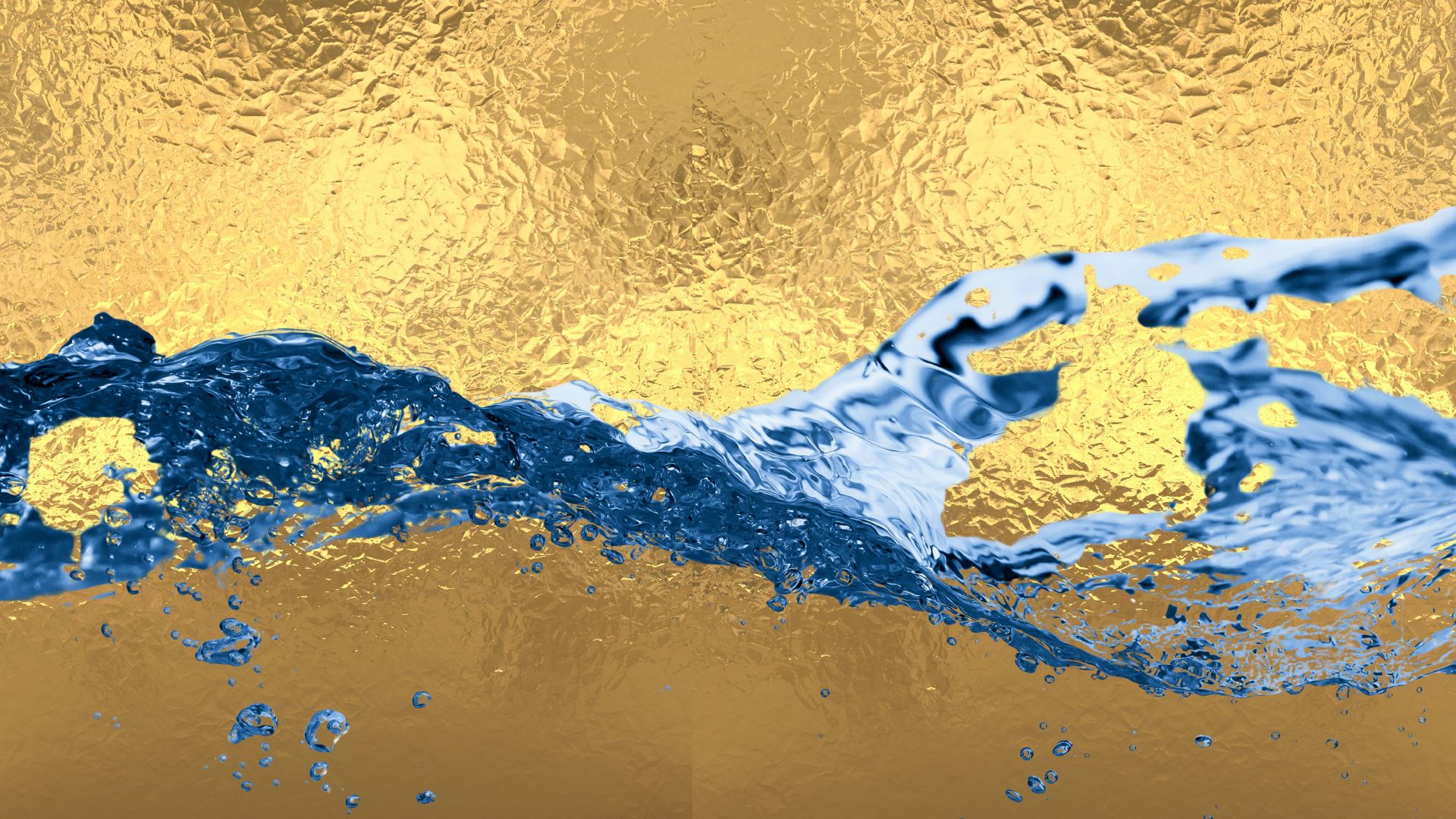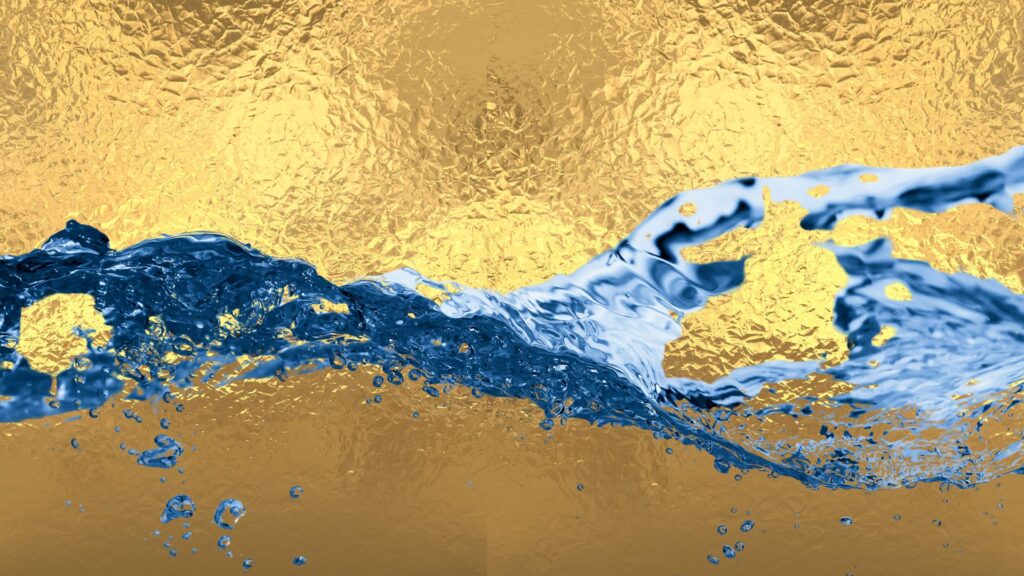The Blog
Gold and Water, a quiet conversation about value

I keep a small gold coin on my desk and a glass of water within reach. One glints. One anchors. On some days the coin reminds me how people protect themselves. Gold shows what fear costs. Water shows what life requires.
The quiet conversation between gold and water
Gold, the weather ‘vane’
Gold is where people run when the air feels thin. It signals how investors read inflation, conflict, and policy turns. When the world tilts, gold rises into view like a lighthouse. It does not feed a family or power a plant. It tells you how nervous the world is and how much that nervousness is worth today. Literature adds nuance. Gold hedges inflation in some places and periods, yet the effect is not universal or constant. The IMF surveys decades of research and finds that the hedge works best under specific regimes. Recent work by Dirk Baur (2023 I believe) suggests the strongest hedge effects were in the nineteen seventies and nineteen eighties. Translation for portfolio builders, treat gold as a regime asset, not a magic shield. Read it here, it’s quite an interesting read.
Water, the operating system
Water is not a trade. It is the circuitry beneath food, energy, health, and technology. Cities breathe through pumps and pipes. Farms live and die on timing. Data centers keep their cool or they fail. You do not need to love finance to feel the logic. Where water is secure, human plans become possible. Where it is not, every plan becomes theory. Water is not optional for households, farms, factories, and data centers. The United Nations reports that roughly half of the world experiences severe water scarcity for at least part of the year and that stress is rising in several regions. In the SDG scoreboard, agriculture still dominates withdrawals and global water stress has been trending up. This combination of essential demand and tightening supply underpins investor interest in pipes, treatment, reuse, metering, and leakage reduction.
Gold is purchased to survive a storm. Water assets are built so a place can function after the storm. Both can move in the same season for very different reasons.
Gold is scarce by geology and by vault doors. Water is scarce by geography, season, and political will. One is portable and patient. The other is local and daily. Investors respond to both. Panic finds gold. Responsibility finds pipes, sensors, reuse, and loss reduction.
AI, heat, and the thirst you cannot see
Modern computing is a heat story. Training and serving large models creates heat that must move somewhere safe. Many sites still use water intensive systems. Others shift to air or hybrid designs or draw from non potable sources and reuse loops. The question for any serious plan is not only how to get more compute. It is where to put it, how to cool it, and how to account for the true footprint. Water is becoming scarcer, which sounds like a warning but also reads like an invitation to innovate. It feels ordinary until you imagine a day without it. The world economy and the living world lean on thriving oceans and clean reserves. Yet the blue economy is under strain. Demand keeps outpacing what is available. When access falters, health crises follow, social tension rises, and economies slow.
Three quarters of the planet is water, yet only about three percent is fresh. Only a sliver of that is easy to use for people and industry. Much sits in ice or deep aquifers. What we can drink and work with is the visible tip of a very large iceberg.
More than two billion people still lack safely managed drinking water. Progress is real, but too slow, and the weight falls heaviest on poorer communities. Over recent decades, water use has grown more than twice as fast as the population. As we move toward ten billion people around 2050, demand for food and energy will rise, and with it the demand for water.
This is where focus becomes action. We need innovation, reuse, leak reduction, and fair pricing. We need capital that treats water as essential infrastructure. Digital growth belongs in this story as well. Artificial intelligence and data centers increase electricity demand and often water demand. Site selection, cooling design, and closed loop reuse decide whether ambition deepens local stress or helps relieve it. If scarcity is the spark, our job is to design systems that waste less, reuse more, and tell the truth in data and disclosures. Put capital to work where it multiplies value, in leak reduction, smart metering, reuse, better cooling for digital growth, and fair pricing that protects the vulnerable. You hear a ton of people taking about why water is the new gold. Today I simply wanted to inspire your and share some of my thoughts. I wish you the best day, Meer
